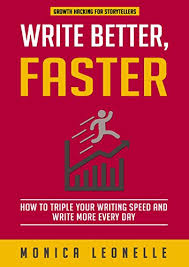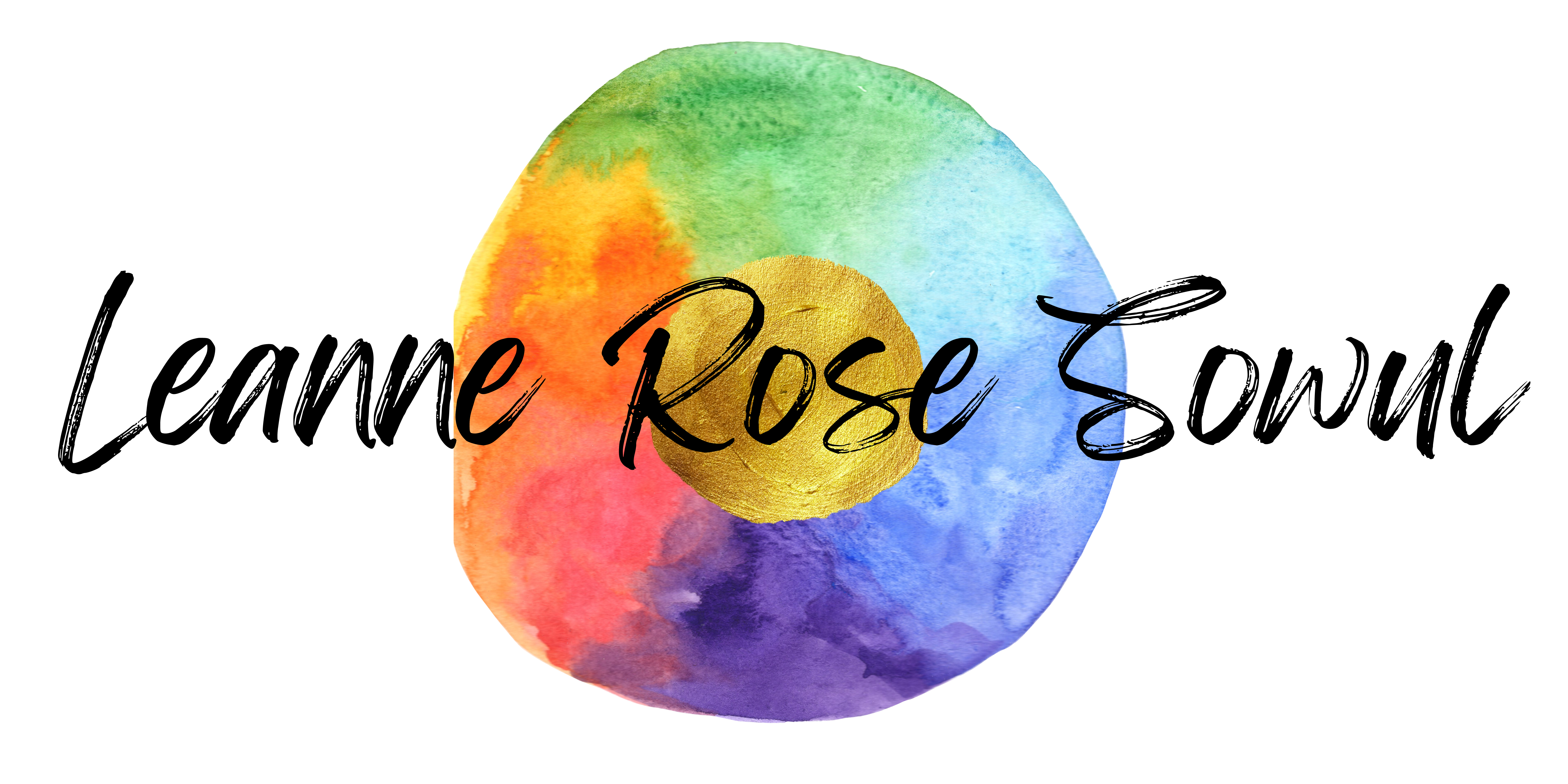I’ve been working on upping my writing productivity this summer. It’s a necessary focus, what with completing draft 1 of my novel, posting fifteen blog posts and two newsletters a month, and managing social media for two websites. If I want to continue on that ambitious path, I need to be super-organized, and I need to feel confident that I can hit my goals monthly, weekly and daily. So at the start of the summer I re-read a book that inspired me to better productivity last fall: Write Better, Faster by Monica Leonelle.
While I don’t subscribe to all the tips Leonelle documents in the book, I have used a few of them to great effect. She claims to be able to double or triple your writing speed and output, and I have found this to be possible. That doesn’t mean that I am producing consistently high word counts every single day, or that I don’t sometimes take a backward step on process. But I have found three tips that have significantly increased my writing productivity, and I’d like to share them with you here. They all start with the letter “P!”
(If you’d like to explore the topic further than this post, I encourage you to
read Leonelle’s book; it’s a good price in the Kindle store.)
1. Planning. I thought I was doing a decent job at this before, but I’ve really upped my game on the planning end and seen huge results. I used to make planning part of my writing sessions; I’d jot down notes for a few chapters ahead in my novel at the end of a session, or add a new post title to my blog’s editorial calendar. Now I set a specific time, apart from my writing time, for planning. Every Sunday, I make sure that I’ve plotted at least ten chapters ahead of my novel’s current location, and every two weeks, I plan blog posts for the following two weeks. (I also have a posting “formula” that helps with this process for
The Creativity Perspective.) I can’t even tell you how important this planning time has become. I now sit down and can immediately start writing, without second-guessing the topic or having to think about the novel’s structure as a whole. This one productivity tip really did increase my word count by about 40% per session.
2. Pomodoros. I swear by the
pomodoro method, which promotes a certain amount of time of focused work, followed by a break. I do three pomodoros a day to keep up with my writing work: a 40-minute block on my novel just after I wake up and another 20-minute novel block in the early afternoon, followed by a 40-minute block working on my websites. The timing and length of these are important. I have the mental endurance for 40 focused minutes on my novel in the morning; more than that, and I start to dread the time. Less, and I don’t get as much done. The 20-minute one in the afternoon is great for a quick burst of work that doesn’t feel effortful. I save the website pomodoro for last because it’s generally easier on a tired brain than writing fiction. Between the two novel pomodoros, I’m generating between 1,700 and 2,000 new words every day. I’m also averaging about one blog post, plus website maintenance and social media promotion, every day. I do this six days a week while not away on vacation (I take a break on Saturdays). If I have a super-busy day, I might drop the 20-minute novel block, but I’ll figure out how to fit the rest in.
My tips for a successful pomodoro? Don’t let ANYTHING interrupt you, and set a timer so you’re not watching the clock. Don’t even look at your word count until you’re done. I’m always shocked at how much I’ve accomplished.
3. Passion. If I’m finding myself slowing down, or hitting roadblocks in my story, I ask myself a few questions meant to gauge my own passion for the project:
- What I am trying to say with this chapter/post?
- What do I want people to feel or think?
- What do I feel or think about the topic?
If those questions don’t help me jump-start the process, I may have a deeper problem. In that case, I schedule some creative thinking time, like on a walk by myself, or in bed with my notebook. It sometimes takes a few days, but I find my path again and am able to come back to the project with a fresh perspective.
What are your best writing productivity tips? Where did you learn them? I’m fascinated by this subject!


My feed reader hasn’t been working right, and I see that I’m W-A-AY behind in reading your blog! This is a helpful post, as I am a slow writer trying to get faster (and I’m going to check out that book). I have started a daily 30- minute writing session (now I can call it a pomodoro!) first thing in the morning after I’ve had my coffee and fully woken up. It’s been working great, but I have already learned the importance of planning. I don’t allow myself to do research during that time…I have to sit and write or revise what I’ve already written, or just sit there. If I don’t have a plan, I sit and stare at the page and I hate to waste that time. I plan to add more sessions like that, just as you’ve done. As far as productivity tips are concerned, the timer does work great, not only for timed writing sessions, but for research or putzing online, things that I tend to get lost in. The timer brings me back to reality.
I’m glad this helped, Kathy! I know you’re also a Laura Vanderkam fan, and a lot of her time/productivity tips are applicable here too.